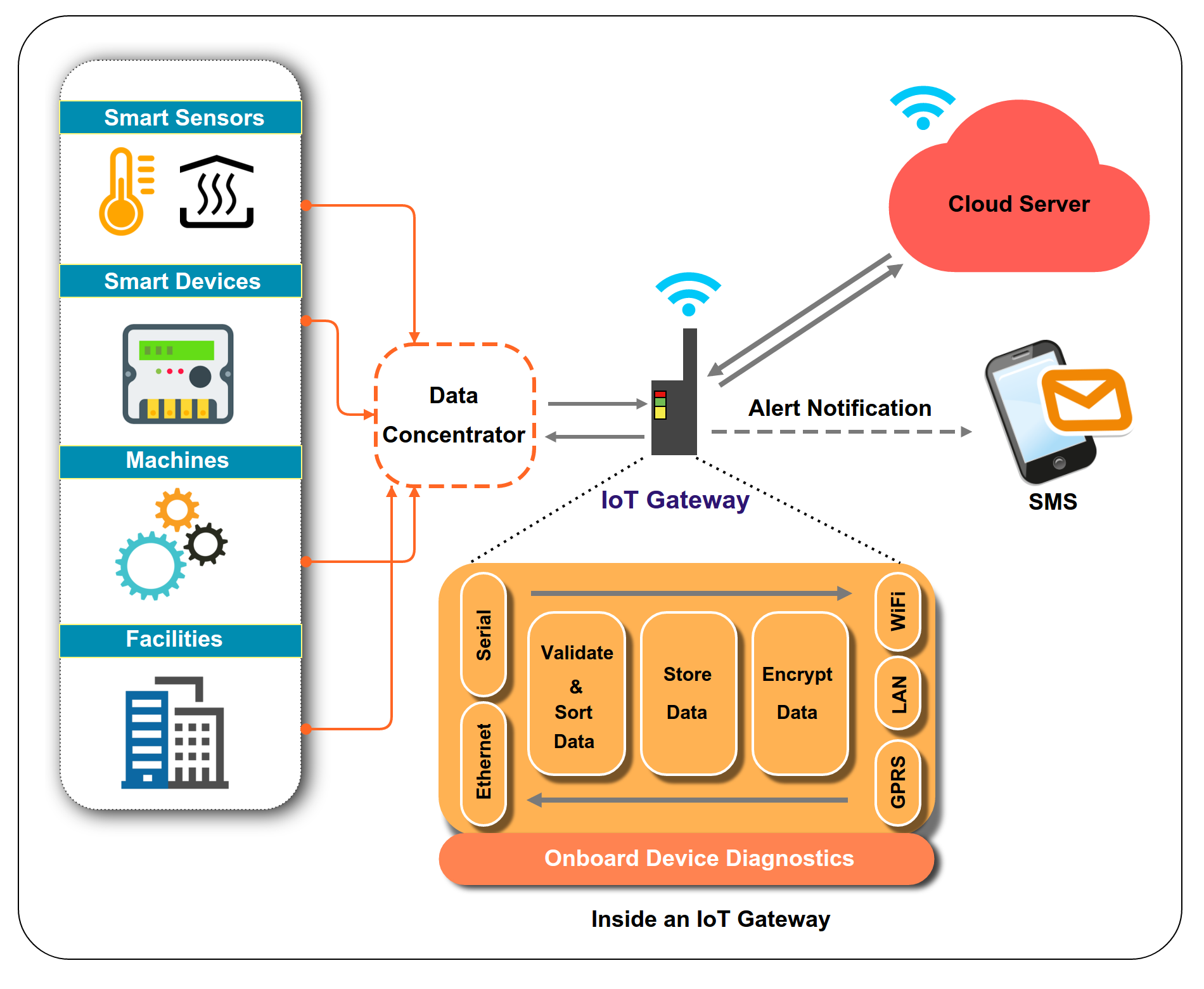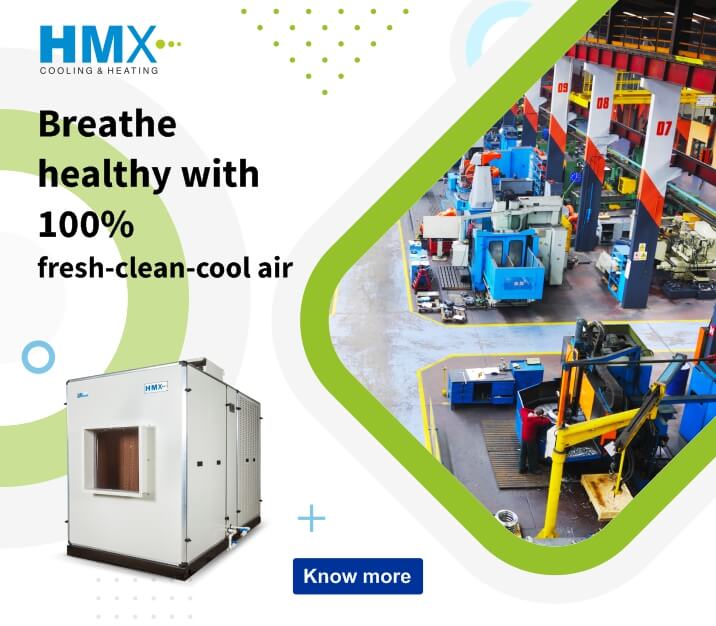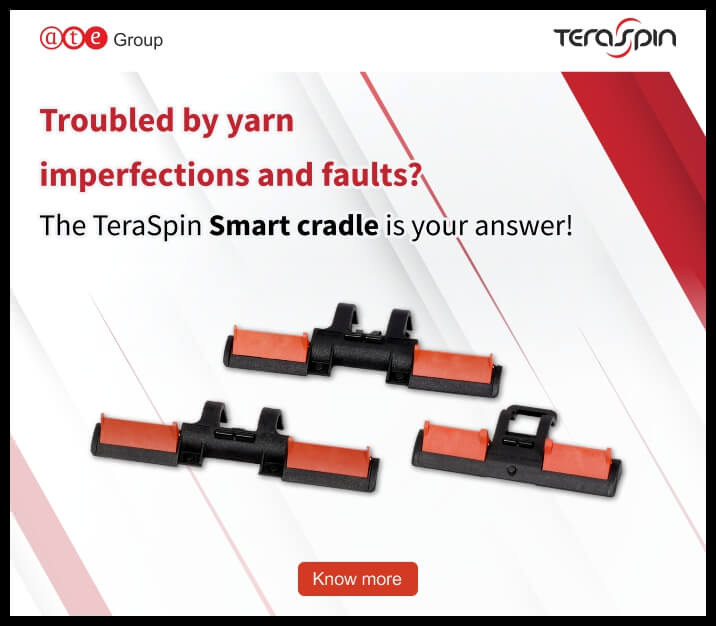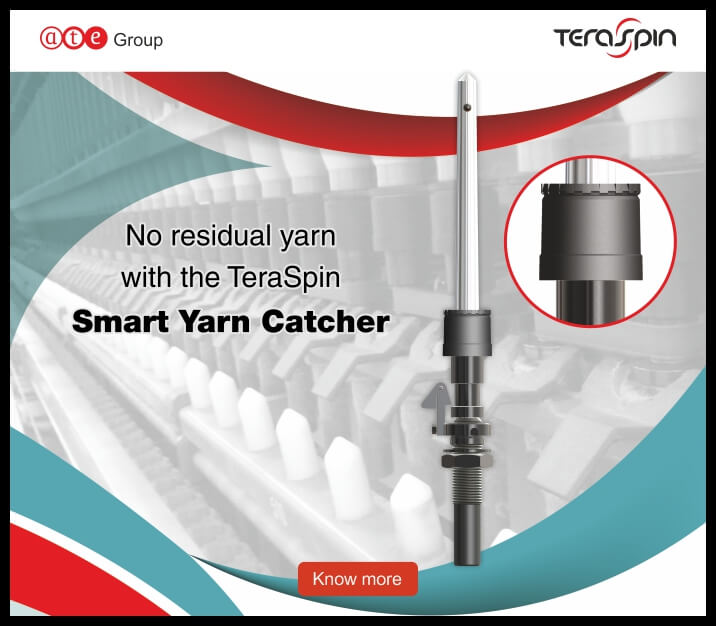Do you spend a lot of time researching and comparing smartphones before deciding on the one you finally purchase? In the machine world, IoT gateways are the smartphones for the machines to communicate and transmit data. Therefore, a thorough research is required regarding the device stability, data storage capacity, sample time, protocols supported, and security, among other parameters before you finally decide on purchasing the right gateway for your machine.
Ideal Industrial IoT Gateway

In an ideal world, the best gateway would be one which can acquire unlimited number of parameters from each and every industrial protocol available in the world at a sample rate of 1 microsecond with the capability to validate, encrypt, and transmit data to unlimited number of devices on the internet. The ideal gateway should also have a facility to store unlimited amount of data if there is an issue with internet connectivity and should be able to connect to the internet via a bluetooth, Wi-Fi network, LAN, and SIM-card enabled networks. The gateway should have unlimited processing power to do edge analytics for mission critical operations while transmitting data that requires historical analytics and future predictions to the cloud. Last but not the least, such a device should be plug -n-play, compact, easy on the pockets, and low on energy consumption. While an ideal IoT gateway may not exist today, there is always one around to cater to your immediate needs.
Nowadays, smart sensors and smart machines come with the capability to directly connect to the Internet. Issues arise when you want to gather data from such sensors and machines at one place to analyze and find practical, actionable insights for a group of such sensors, devices, and machines. For example, a smart sensor from Phillips may send the data to a Philips server and a smart machine from Windsor may send data to Windsor cloud. It becomes a techno-commercial challenge to acquire data from both Phillips and Windsor. One company may want you to sign an agreement and purchase critical data of a machine owned by you, while other company may just flatly refuse to share data with you. Free machine communication is still due and it seems like it will be a while until it arrives.
Today’s Industrial IoT Gateways
In today’s world an industrial IoT gateway must possess the following characteristics and features to match the overall standard:
- 1000 parameter threshold: Industries are supposed to be large and IoT gateways must be able to handle large amount of data. Although, devices with fewer parameters may be useful in specific applications, a truly industrial IoT gateways should be able to handle at least a 1000 different parameters at the same time.
- 72 hour data storage: Today’s industrial IoT gateways generally capture data every second. The challenge is to store this enormous amount of data in case of a temporary network failure. In regions with ever-fluctuating internet connectivity, disconnection issues can cause a major disruption in the industrial IoT world. Therefore, it is important for today’s IoT gateways to be able to store at least a substantial amount of data, which can range for up to 48 hours, preferably till the time the network connectivity resumes, before running out of storage space.
- 12 hour battery backup: The IoT Gateway must have at least 12 hours of battery backup. Many solution providers use an appropriate UPS backed power supply for IoT Gateways.
- Multi-port support: Industrial IoT gateways must be able to gather data from the various sensors, PLCs, and other devices. Sometimes a data aggregator may be required to collect data and send it to an IoT Gateway. Today’s industrial IoT gateways must have serial and ethernet ports.
- GPRS / Wi-Fi / LAN compatible: IoT gateways capable of transmitting the data using either GPRS, Wi-Fi, or Ethernet as I have mentioned above will receive my seal of approval.
- Alerts and Warnings: IoT gateways must be able to provide alerts and warnings to the users such as SMS updates in case of machine malfunction or prior warnings when machine service is due.
- Diagnosis & Updates: When your smartphones can conduct self diagnosis and report errors, why shouldn’t your IoT gateways (which are smartphones to the industrial machines) be unable to do so? So, your IoT gateway should also be able to conduct self diagnosis and send the data to the cloud for the user to know. Moreover, a good IoT gateway should have a feature where it can be updated with Over-The-Air updates as well.
- Two-way communication (optional): This is a feature which is more of a luxury than a necessity. IoT gateways are meant to capture data and transmit; but wouldn’t it be awesome if the gateway can also be used as to transmit instructions to the machines?
- Capability to withstand industrial environments: Last but not the least, IIoT gateways must be able to withstand harsh industrial environments. For example, it must be able to withstand temperatures from 0 to 55 degree centigrade, humidity levels of up to 90% non-condensing RH. It must also be able to withstand vibrations of up to 0.4 G with complex amplitude of 0.5mm peak to peak. You must look at the environmental conditions of the site before deciding the right IIot gateway for yourself.
Always ensure that the IoT gateways are of the best quality in terms of make and functionality. It is not always about the cost, but the return on investment that is important. Now you know, what is required from a good IoT gateway. Stay tuned for the next blog where we will compare a few industrial IoT gateways to check is they are really worth spending on.







